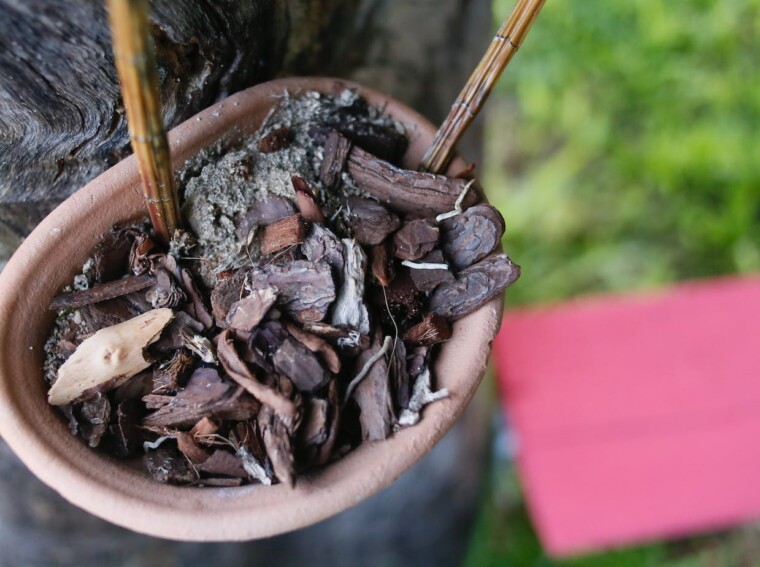Explain How Microorganisms, Humus, and Soil Health Are Related.
Digging into the world of microorganisms and humus, there’s a fascinating ecosystem beneath our feet that plays a vital role in soil health. These minuscule, often unseen characters are major players in the garden drama. They’re not just supporting actors; they’re leading roles, maintaining soil fertility and plant health.
Microorganisms, including bacteria, fungi, and other tiny life forms, have an intricate dance with humus – the organic component of soil created by plant and animal decomposition. This relationship is complex but crucial. It’s these organisms that break down dead material into nutrients for plants – an essential part of the natural recycling system.
This symbiosis has far-reaching implications for soil health as well. A rich variety of microorganisms and abundant humus result in fertile soils teeming with life – making them more resistant to diseases and pests while promoting plant growth. So next time you gaze at your garden or walk through a lush forest, remember the microscopic heroes churning away beneath your feet – working tirelessly to maintain this little slice of Earth we call home.

What are microorganisms?
Microorganisms, or microbes as they’re often called, are tiny life forms that can only be seen with a microscope. They’re so small that millions of them could fit into the eye of a needle. Yet, don’t let their size fool you; they’re far from insignificant. Microbes inhabit every corner of our planet – from the highest mountain peaks to the deepest ocean trenches.
There’s an incredible diversity among these miniature beings. We’ve got bacteria, fungi, algae, protozoa and viruses all falling under the umbrella term ‘microorganisms’. Each group has its own unique characteristics and roles in nature’s grand scheme.
Bacteria are single-celled organisms that come in various shapes – rods, spirals, balls you name it. Some bacteria can cause diseases like pneumonia and tuberculosis but many others play beneficial roles such as decomposing dead organic matter or aiding digestion in our guts.
Fungi include molds and yeasts along with larger organisms like mushrooms. While some fungi cause infections (think athlete’s foot), others aid in decomposition or form helpful partnerships with plants allowing them to absorb nutrients more efficiently.
Algae might make you think of seaweed or pond scum but these simple plants do much more than just clutter up your fish tank. They produce oxygen through photosynthesis and serve as food for an array of aquatic creatures.
Protozoa are animal-like microbes that feed on other microorganisms or organic matter. They live in water or moist environments including soil where they contribute to nutrient cycling.
Last but not least we have viruses which differ from other microorganisms because they aren’t technically alive! Viruses need a host cell to reproduce, otherwise they remain dormant. Despite their reputation for causing diseases like flu or COVID-19, some viruses actually help keep harmful bacteria populations in check by infecting and killing them off.
So there you have it – a quick run-through of what microorganisms are. These diverse, tiny creatures play pivotal roles in maintaining life as we know it and their significance can’t be overstated.
What makes humus truly unique though, is its ability to retain moisture. It acts almost sponge-like in this respect, soaking up water and holding onto it until plants need it. This not only ensures that plants have access to water during drier periods but also helps prevent erosion by maintaining soil structure.

